
Table of Contents:
1. Introduction
2. An Overview of Common Diseases In Winnipeg Trees
- 2.1 Recognizing the Signs
- 2.2 The Importance of Tree Health
3. Focus on Elms
- 3.1 The Majesty of Elms
- 3.2 Elm Tree Diseases
4. Dutch Elm Disease (DED)Explained
- 4.1 What is it?
- 4.2 How is it Spread?
5. Impact on Winnipeg
- 5.1 Current State of Elms in Winnipeg
- 5.2 Treatment and Isolation Methods
- 5.3 Consequences of Inaction
6. Winnipeg vs. Other Canadian Cities
- 6.1 Comparative Analysis with Other Cities
- 6.2 Success Stories and Challenges
7. Practical Tips for Homeowners
- 7.1 Prevention Strategies
- 7.2 Identifying and Responding to Tree Diseases
8. 2025 Update
9. Conclusion
Introduction:
Ah, trees—the majestic silent giants of our backyards! They can be a sanctuary, providing shade on a hot summer’s day, a canvas for artistic backyard landscape design, and even a habitat for our feathered friends. But just like us, trees are susceptible to diseases that can threaten their health and longevity. If you’re a homeowner in Winnipeg, or even a property manager juggling the complexities of commercial landscaping services in Winnipeg, understanding common tree diseases, particularly those affecting elms, is important
Contact us today for your free estimate.
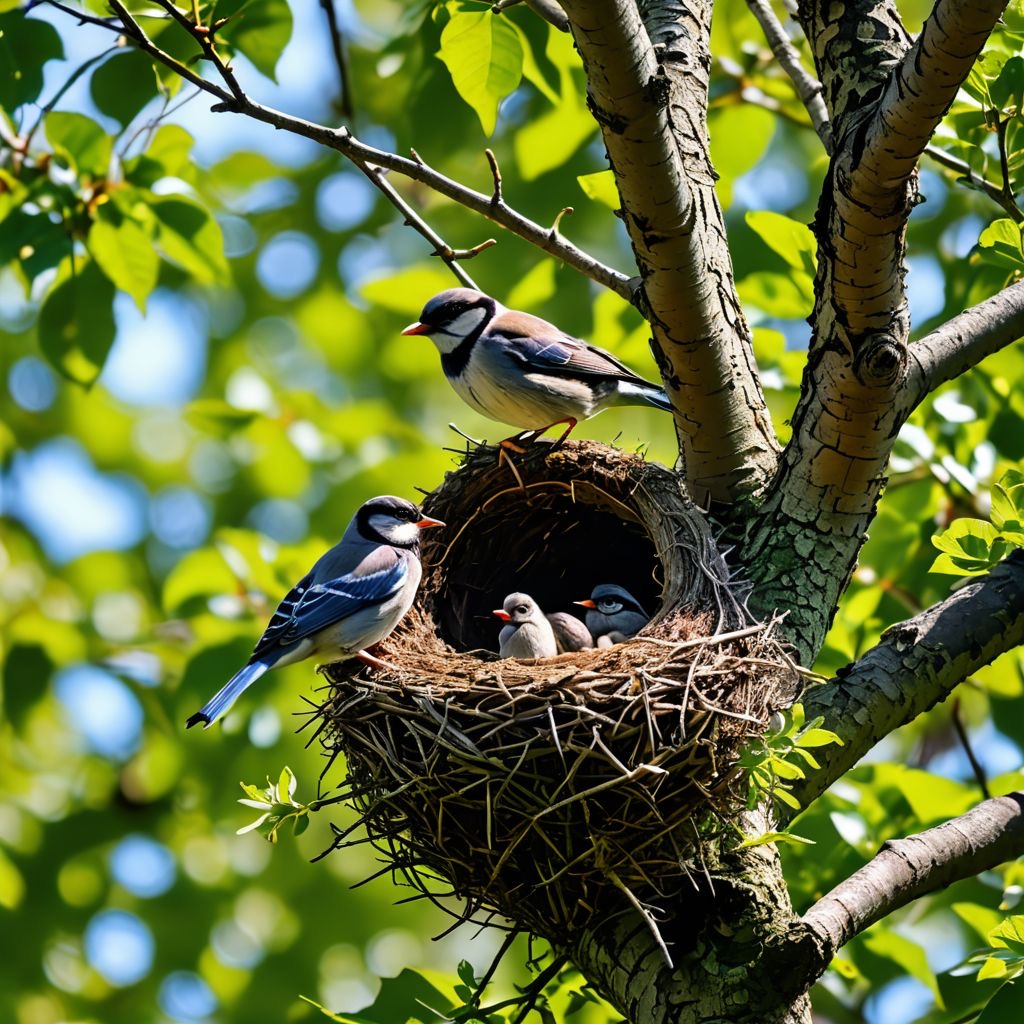
In this blog, we’ll explore the world of tree diseases, with a specific focus on the notorious DED that has plagued countless communities in Canada, including the heart of Winnipeg. With a touch of humor and conversation, I aim to inform and engage you in a critical discussion about the health of our urban forests. As we navigate through the symptoms, impacts, treatments, and strategies for prevention, we’ll also assess how Winnipeg is faring against this persistent threat compared to other locales.
So grab your favorite mug of coffee (or tea—we’re not picky!), settle in, and prepare to dive into the world of tree health. Whether you’re looking for ways to preserve the well-being of your valuable trees or merely curious about the plight of elm trees in your city, this essay is the perfect companion!

2. An Overview of Common Tree Diseases:
2.1 Recognizing the Signs
Before we dive into the specifics of elm diseases, let’s paint the broader picture of tree ailments. Like any living organism, a tree can fall prey to viruses, bacterial infections, and fungi. It’s crucial to note that different diseases exhibit distinct symptoms: discolored leaves, wilting foliage, bark lesions, or even premature leaf drop can be telling signs. Recognizing these symptoms early can make all the difference in saving our beloved forests.
2.2 The Importance of Tree Health
A healthy tree contributes significantly to our environment. They provide shade, improve air quality, and even enhance property values—something that should get every Winnipeg homeowner excited! Plus, can you imagine the stunning visual impact of well-maintained trees on your home landscape design? Investing in tree health not only lifts the aesthetic appeal of landscaping Winnipeg-style but also supports biodiversity in our neighborhoods.
Contact us today for your free estimate.
Healthy and Vibrant Landscapes=Enhanced Property Values at Time of Sale!
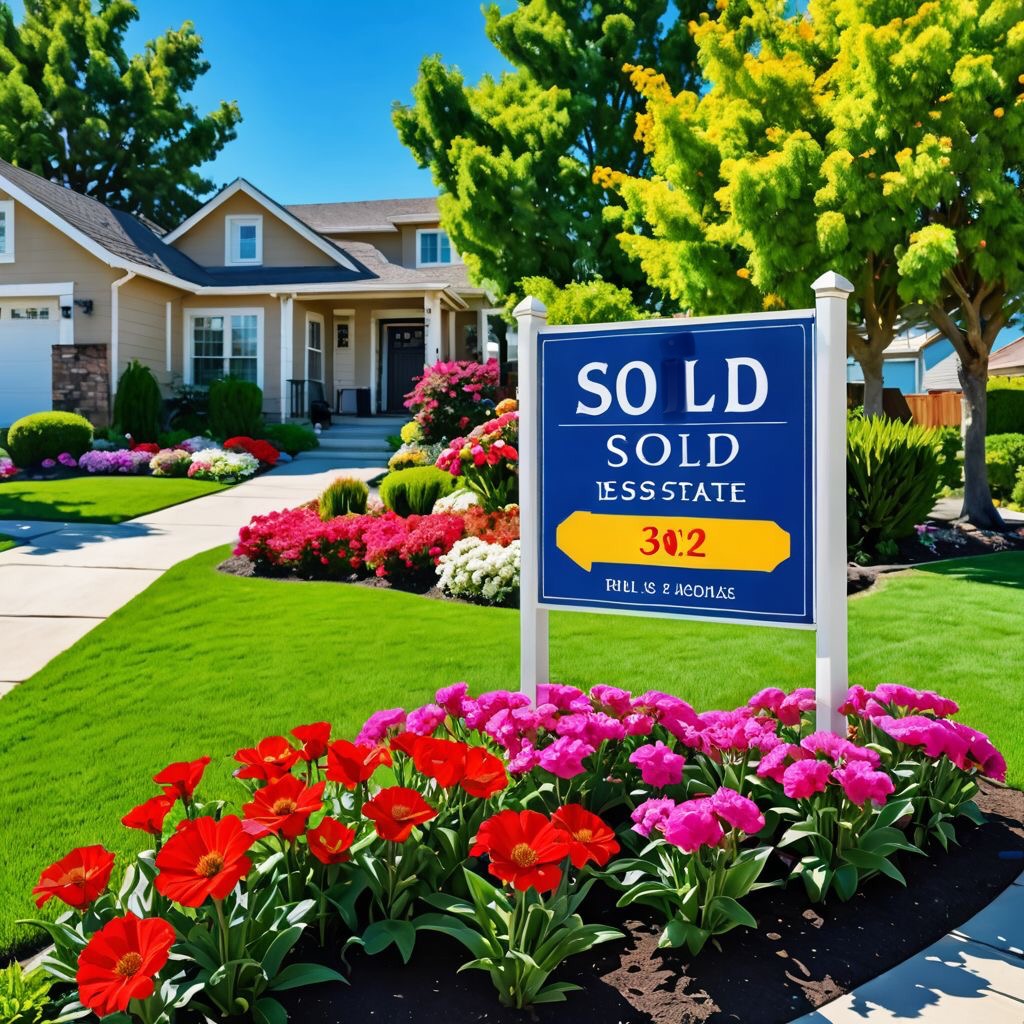
3. Focus on Elms
3.1 Their Majesty:
When you think of iconic trees in Winnipeg, elms undoubtedly come to mind. With their grand canopies and sturdy trunks, elms serve as staples in both residential and commercial landscaping. Their beauty and shade are invaluable in summer! They create the perfect compliment for any patio design or flower bed design or simply put, any Winnipeg yard.
Fast Growing trees for Winnipeg landscapes with Sunshine Maintenance & Landscaping
3.2 Diseases
However, as charming as they are, elms are notorious for being susceptible to several diseases. Some other common ailments include:
- Leaf Beetle: This pest feasts on elm leaves, leaving them ragged and undernourished.
- Cytospora Canker: Caused by various fungi, this disease creates sunken areas on branches, leading to dieback.
It’s vital to acknowledge these diseases, as neglect can lead to severe consequences—one of which we’ll explore next.
4. DED Explained:
4.1 What is It?
Enter the villain of our story—DED. First identified in the Netherlands in the 1920s, this disease is caused by the *Ophiostoma ulmi* fungus and is spread primarily by elm bark beetles. It’s as troublesome as it sounds: the disease infects the vascular system of elms, preventing them from transporting water and nutrients.
4.2 How is the Disease Spread?
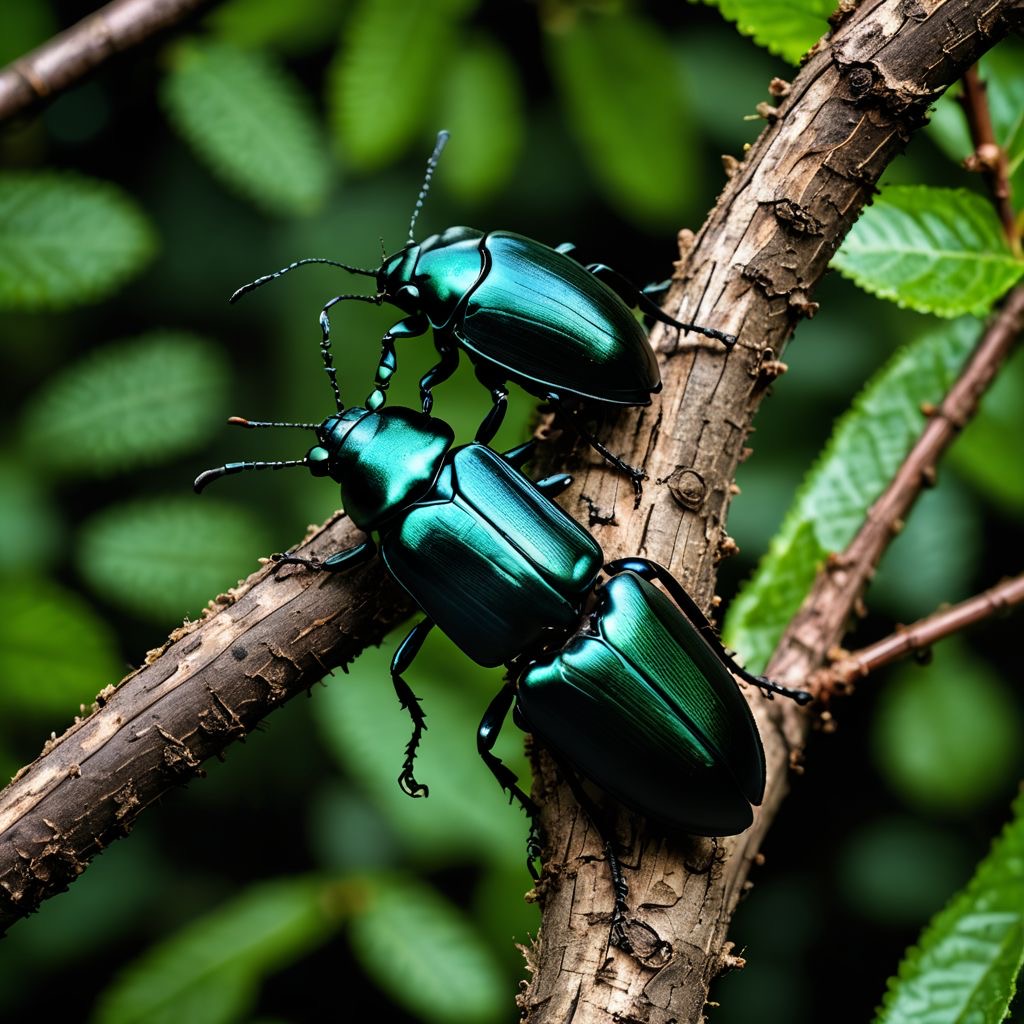
What makes this disease particularly invasive is how it travels. Think of the bark beetles as party crashers, buzzing from tree to tree, leaving havoc in their wake. When they bore into an infected tree to feast on the wood, they inadvertently introduce the fungus, effectively passing the disease along.
5. Impact on Winnipeg’s Trees:
5.1 Current State of Elms in Winnipeg
Unfortunately, Winnipeg is no stranger to DED. Over the last several decades, it has claimed a significant number of elms, putting our majestic urban canopy at risk. According to a report from the City of Winnipeg, more than 30% of the city’s trees are elms, highlighting the vulnerability of our green space.
5.2 Treatment and Isolation Methods
So, how is the city combating this fierce foe? The approach is a mix of vigilance, education, and treatment. Infected trees are often removed promptly to prevent further spread. Furthermore, preventative treatments include insecticide applications to deter adult bark beetles, as well as timely pruning to maintain their health and vigor.
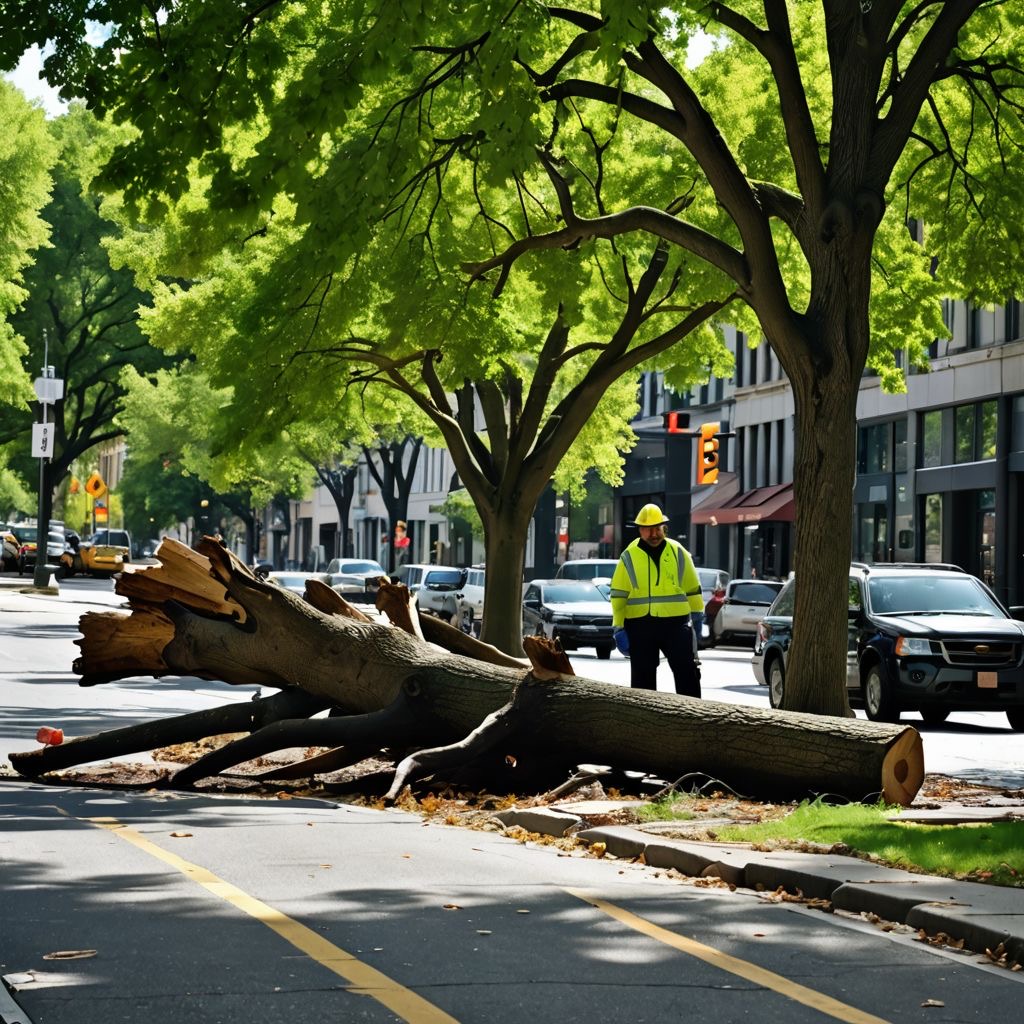
5.3 Consequences of Inaction
Ignoring DED is like tossing gasoline onto a fire—you’ll only exacerbate the problem. Once this disease takes hold, it can spread rapidly and result in the decline of entire areas once dominated by elms. The consequences extend beyond aesthetics; it impacts property values and the ecological balance within urban environments. Tree cover helps filter pollutants, and losing that can have broader public health implications.
6. Winnipeg vs. Other Canadian Cities:
6.1 Comparative Analysis with Other Cities
How does Winnipeg stack up against its Canadian counterparts when it comes to battling DED? Cities like Toronto and Calgary have enacted robust urban forestry management plans, focusing on extensive forest inventories and timely interventions. In comparison, Winnipeg has made strides in public awareness campaigns, but the fight remains an ongoing battle.
6.2 Success Stories and Challenges
Despite the challenges, Winnipeg has seen some success. Public education about the importance of tree health, continual monitoring, and investments in urban forestry contribute to a stronger approach in mitigating DED. However, the transient nature of pests and changing climate conditions present unique challenges that require innovative solutions and community involvement.
Ready to chat about your landscaping and yard care goals?

Reach out by call or text to: 204-229-9789 or click here to submit your information today to arrange a “no obligation” introductory phone call. We look forward to helping you transform your yard.
Tips on how to prepare for a consultation meeting with a landscape contractor
7. Practical Tips for Homeowners:
7.1 Prevention Strategies
Now that we’ve dissected the problems, let’s focus on solutions! Here are some practical tips to ensure your elms—stay healthy:
1. Regular Inspections: Much like with your health, early detection is key. Inspect your tree species regularly for signs of disease frequently.
Contact us today for your free estimate.
2. Monitor and Maintain Their Health: A healthy tree is less prone to disease. Ensure they have adequate water, nutrients, and sunlight to thrive.
3. Clean Up Fallen Leaves: Fungi and insects love decomposing organic matter. Keeping your yard clean can prevent the spread of disease.
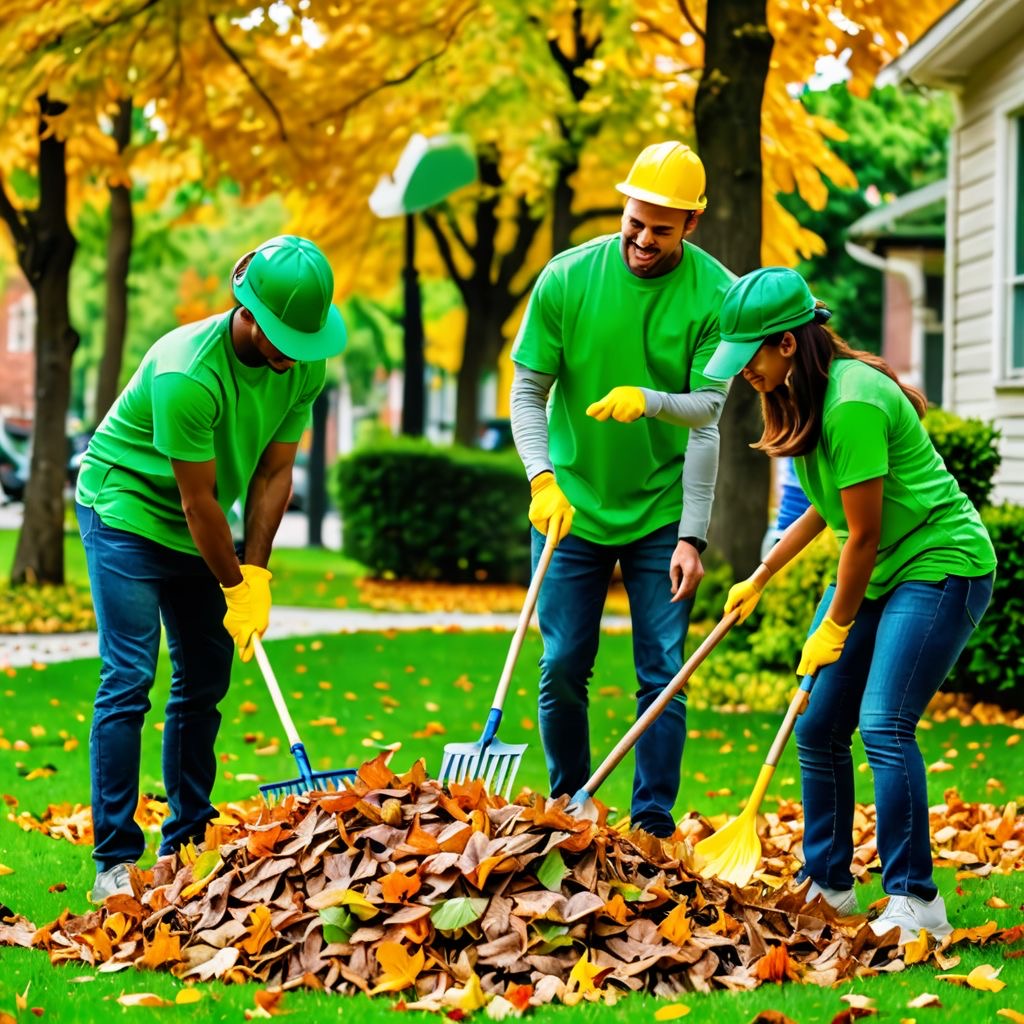
4. Consider Tree Diversity: While you may adore elms, planting a diverse range of tree species can reduce the risk of widespread disease.
7.2 Identifying and Responding to Diseases

Engage with local landscaping companies in Winnipeg for routine tree care or assessments. If you spot any warning signs displaying sickness in your trees, call the experts. They can provide insights into potential disease management strategies and perform treatments when necessary.
Educate your neighbors and community members about DED. If everyone pitches in to monitor and maintain tree health, the chances of seeing healthy elms recover will significantly improve.
Contact us today for your free estimate.
8. 2025 Update
Winnipeg stands out as having a rich canopy, hosting a remarkable population of trees, particularly its impressive collection of American elms. As part of its ongoing efforts to manage tree health and combat common tree diseases, the City of Winnipeg has made significant strides, especially in 2024. In 2024, Winnipeg marked approximately 6,600 elm trees for removal, reflecting a 3.4% loss rate from the total established population. With around 194,390 elms still standing, Winnipeg boasts the largest American elm population of any city in North America. The longstanding battle against tree diseases, particularly Dutch elm disease (DED), has significantly influenced Winnipeg’s urban forestry management strategies.
First detected in the city over 50 years ago, DED has impacted the vitality and longevity of our elm trees. In response, the City has invested heavily in disease management efforts—over the decades, approximately $172 million has been allocated toward longer-term management practices and public education initiatives designed to mitigate the impact of this devastating disease. In 2024, as part of its comprehensive elm disease management program, our government undertook the removal of just over 7,000 elms.
This proactive approach underscores the harsh reality of managing urban trees amid disease challenges. The removal process is not merely a matter of sanitation; it is also a crucial step in protecting the wider elm population. Allowing infected trees to remain standing increases the risk of disease spread, not only affecting nearby elms but also putting additional stress on the overall urban canopy. Winnipeg's elm management plan focuses on the critical practice of early detection and removal of infected trees, ensuring that the health of the remaining trees within the population is prioritized.
The expansive presence of American elms in the city serves not only as a point of pride for Winnipeg but also highlights the importance of vigilance in response to fungal diseases that continue to threaten these majestic trees. In recent years, educational outreach efforts have increased, targeting residents and municipal workers alike. Public workshops and community programs encourage tree care, providing information on recognizing the signs of tree diseases, particularly DED. Homeowners are being empowered with the knowledge needed to protect the health of their trees, helping create a collaborative approach to urban forest stewardship.
The continuous investment in disease mitigation has yielded significant results. Since the onset of DED, approximately 300,000 elms have been removed from Winnipeg's landscape, an effort that demonstrates the city's commitment to maintaining a healthy and sustainable urban forest. While these numbers might seem discouraging at first glance, they also illustrate the city’s rapid response and adaptive management practices designed to foster resilience within Winnipeg's green spaces. The removal of affected trees is complemented by strategic planting initiatives aimed at replenishing the urban forest.
The City emphasizes diversifying its tree population, reducing dependence on a single species and thereby improving overall forest resilience. Efforts to plant disease-resistant species and promote biodiversity in the urban canopy mitigate the potential impact of future tree health threats, ensuring that Winnipeg remains a city known for its lush, green environment.
As we look ahead, the city’s commitment to proactive tree management and public education will play crucial roles in sustaining Winnipeg's exceptional urban canopy. Ongoing monitoring, combined with strategic removals and replanting efforts, will not only help combat current tree diseases but also promote long-term health and biodiversity in the community's treasured green spaces. In conclusion, the City of Winnipeg continues to navigate the challenges posed by tree diseases, particularly the lasting effects of Dutch elm disease.
With significant investments, community engagement, and focused management programs, Winnipeg aims to preserve its status as a city adorned with one of the largest and most valued populations of American elms in North America while fostering an adaptable and resilient urban forest for generations to come.
9. Conclusion:

